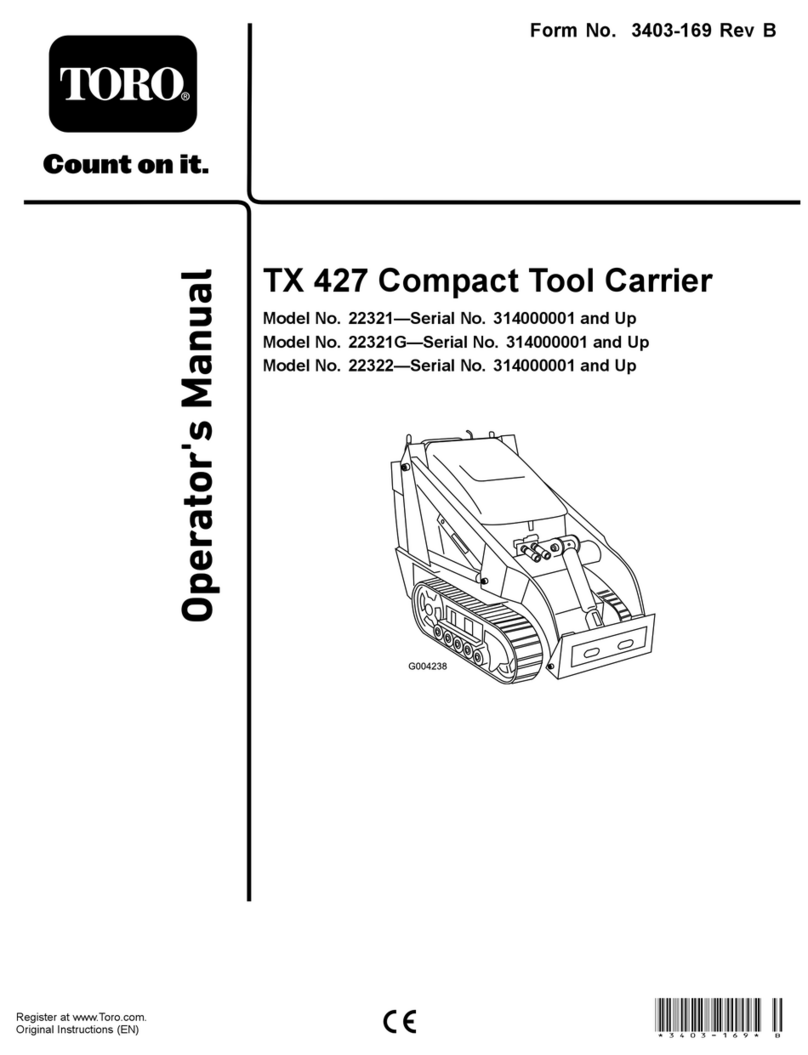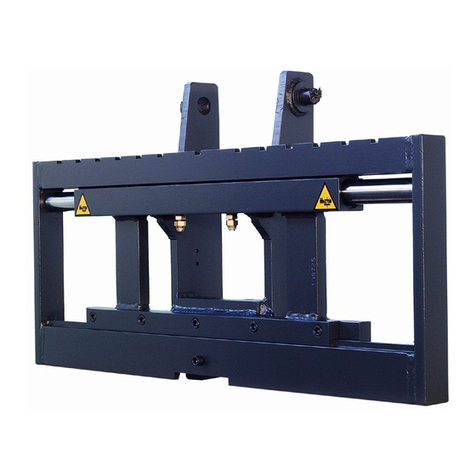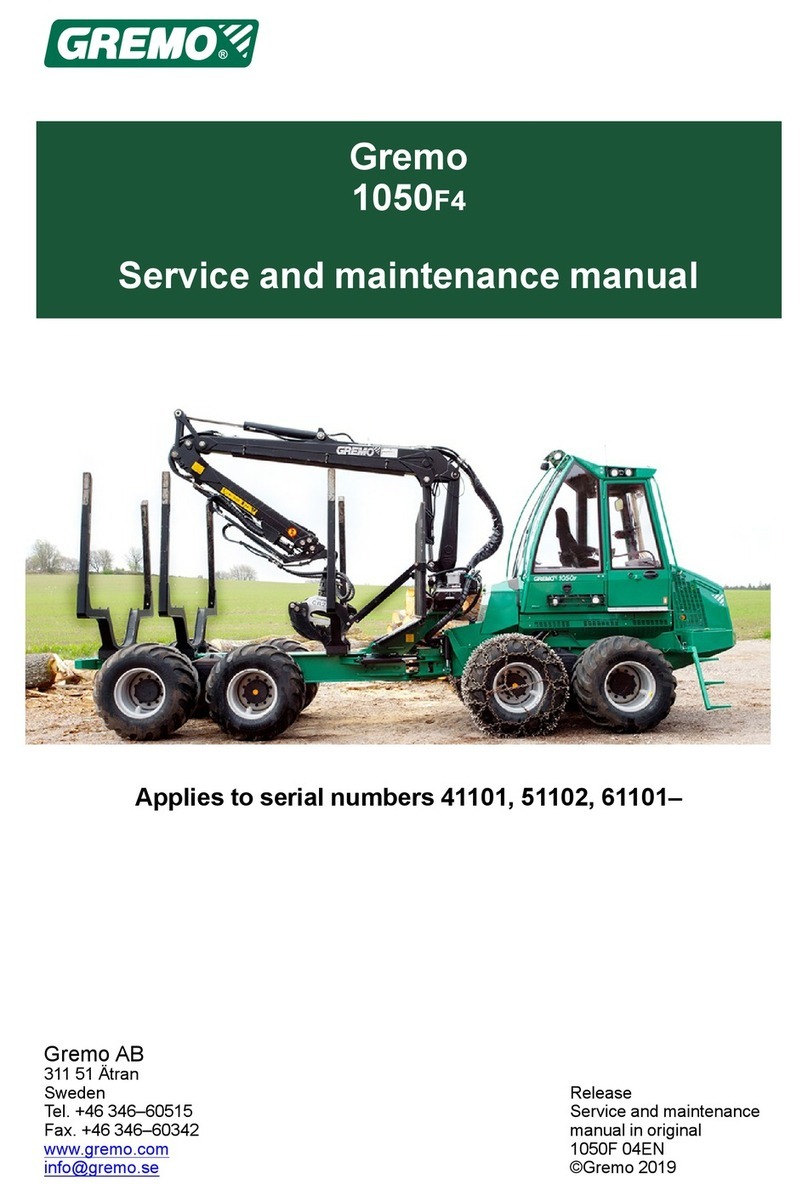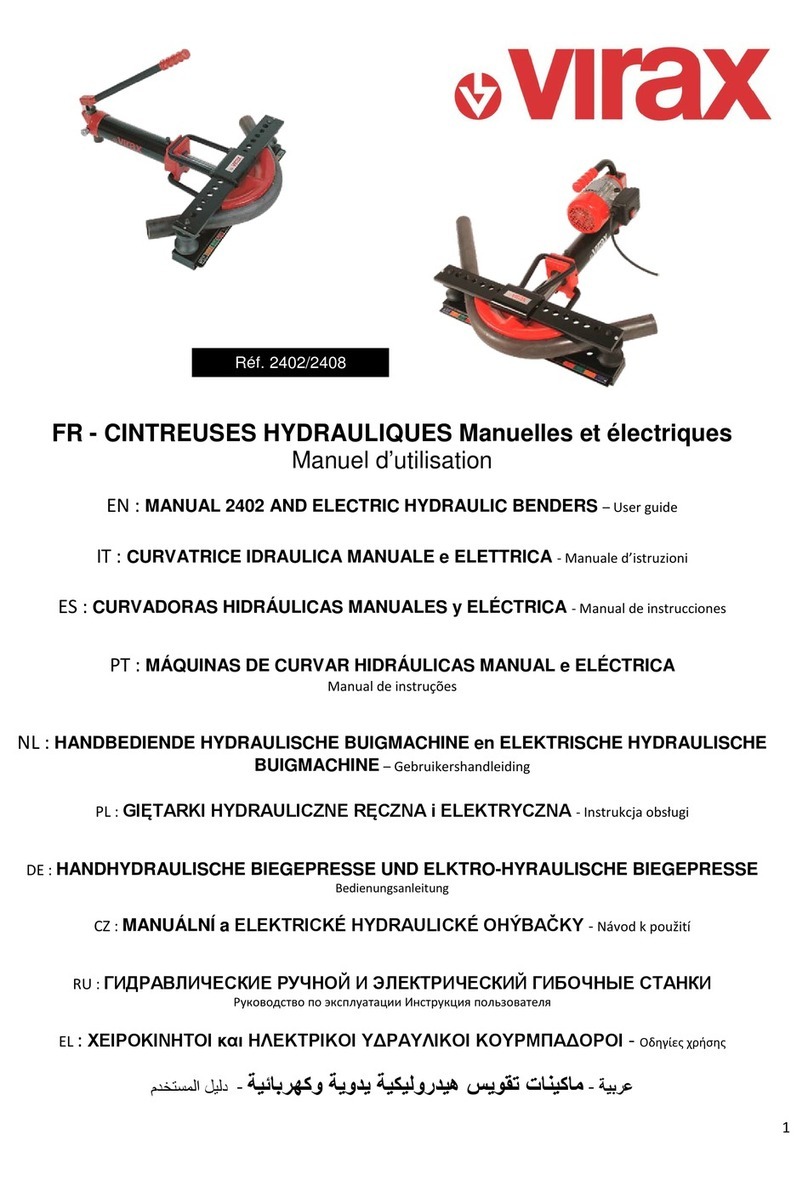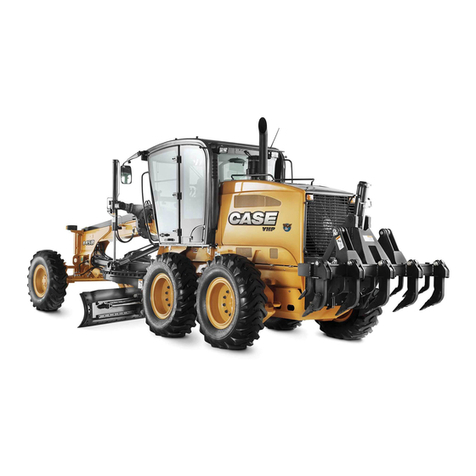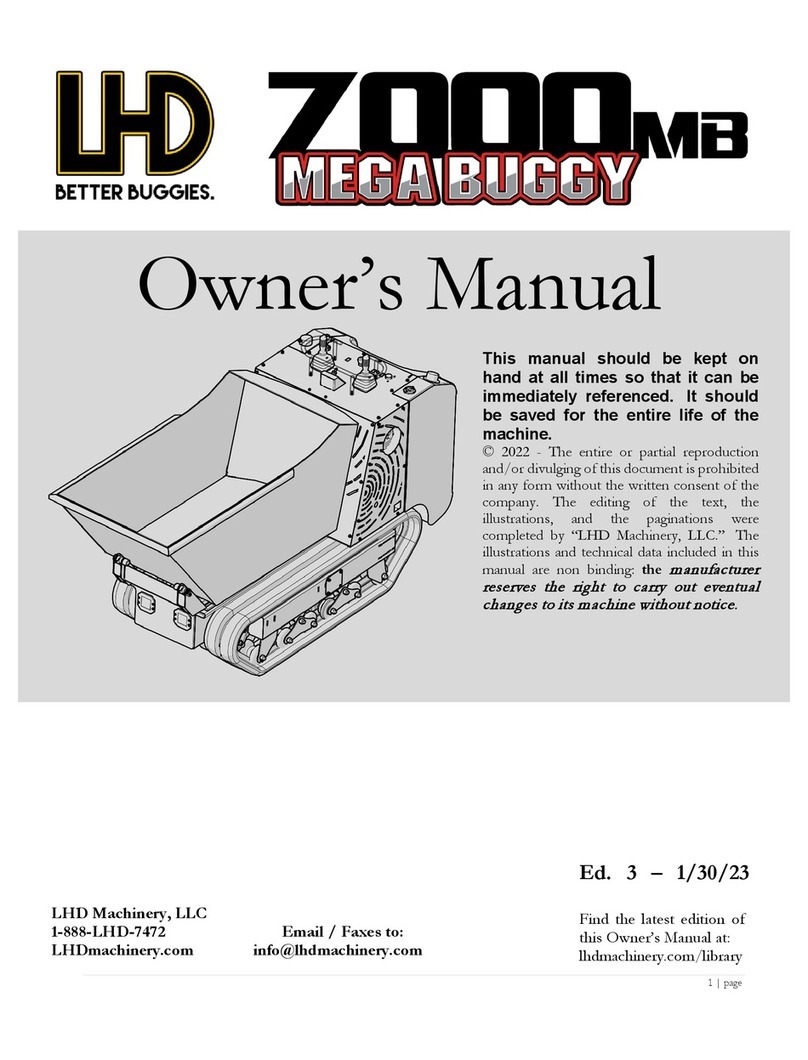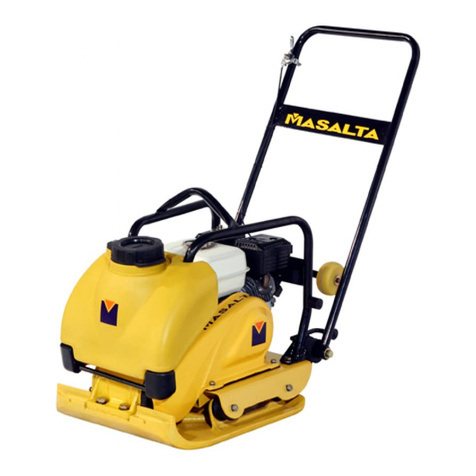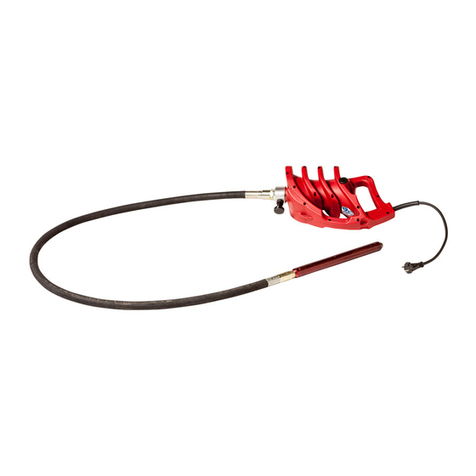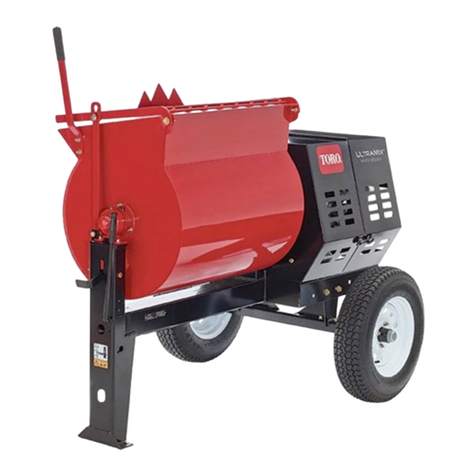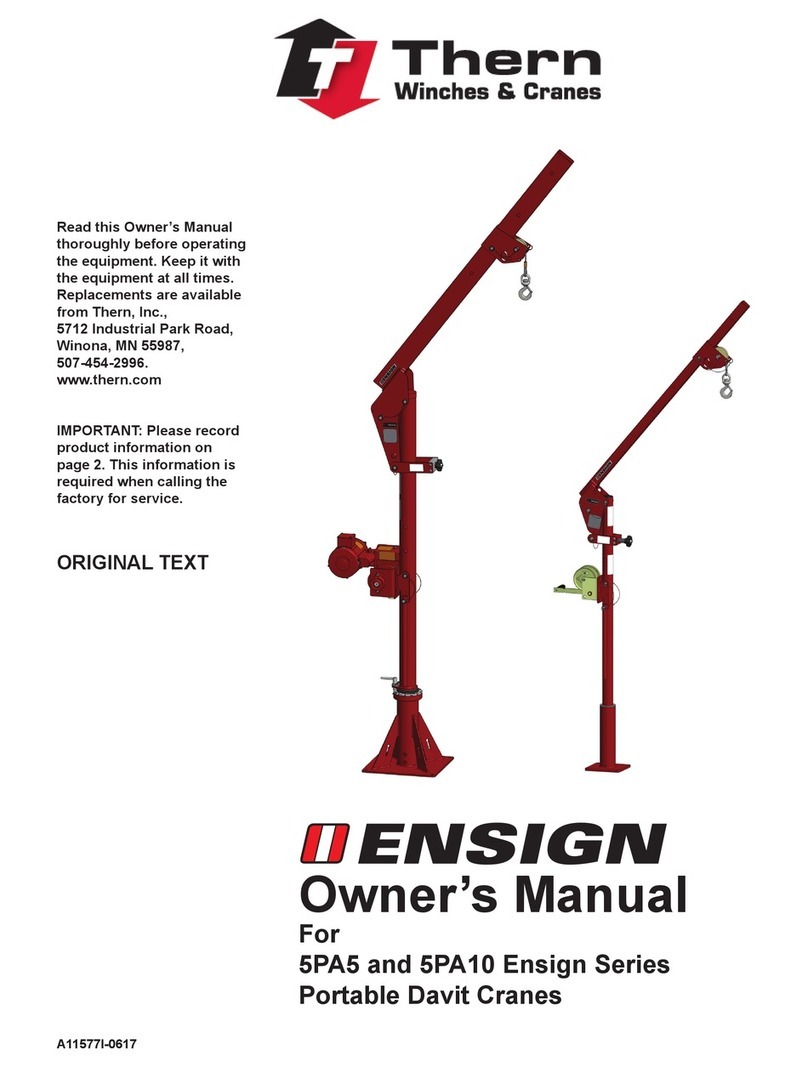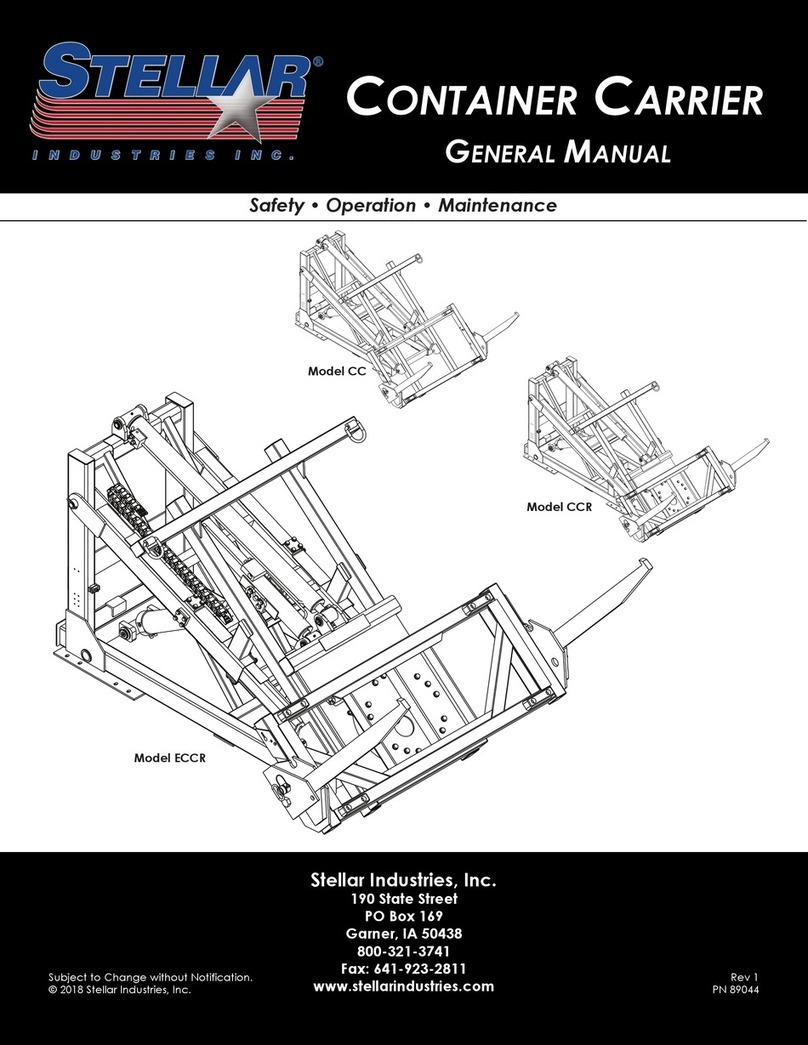Ennis-Flint StreetHeat SR-60Hybrid User manual

StreetHeat SR-60Hybrid
Operations Manual

Operations Manual Contents
Machine in picture is an
model SR-60
Hyb
rid
2

3
1. Introduction
The SR-60Hybrid is a pavement heater designed specifically for imprinting of
asphalt pavements.
When asphalt pavement is heated, it
becomes soft, enabling it to be
imprinted using StreetHeat
templates.
Once printed and coated, the final
result is a beautiful, long lasting
StreetHeat textured asphalt
surface.


3. Safety
Key Safety Points
NOTE:
5

6
3. Safety – Cont’d
Safety - The SR60Hybrid is a propane-fired heating apparatus. Operating it
carelessly or without reading the operating instructions could lead to serious
injury. Keep everyone clear of the heaters while they ignite on the first
cycle.
Smoking - Never smoke when operating this equipment or while handling the
propane bottles and hoses.
Qualified Personnel
a) Operators must have read and fully understood this manual.
b) No one under the influence of drugs or alcohol should operate this
equipment.
Safety Equipment Required
a) Safety glasses
b) Gloves
c) Steel toe boots
d) Long pants
e) Ear protection
f) Fire extinguisher
g) High visibility vest
Propane Bottles
a) Always ensure that the propane bottles are safely secured to the
transport trailer when mobilizing.
b) Frequently check for leaky fittings using a small spray bottle containing a
soapy water solution.
c) Always transport propane bottles in the upright position and with the
regulator and hoses removed.

Front Leg-
Rails
CAUTION: Make sure the drive
belt is aligned.
Rail Clamps
4. Preparing for Work
7

8
4. Preparing for Work – Cont’d
4. Heater Wings - Fold down the
heater wings by releasing the
latch, ensuring that it hangs
into place at the desired height
setting.
5. Heater Wing Camber - The
heater wings have adjustable
settings to allow for variances
on the surface grade. Use the
lever and adjustable pins a the
top of the heater wing cable to
set the desired camber.
Machine in picture is an
older model SR-60

4. Preparing for Work - Cont'd
Propane Supply-
Electrical Supply
CAUTION:
9

10
4. Preparing for Work – Cont’d
9. Bottle Valves - Open the
propane bottle valves slowly and
check the bottle pressure
(gauge closest to tank). If
pressure is low the bottles
require refilling. Make sure that
regulator pressure (right hand
gauge) is set to a maximum of 50
psi
10. Power On Sequence
1. Start the generator.
2. Push the reset button on the
yellow ground fault protector on
the right hand side of the
handlebar.
3. Pull the red power button on the
main control panel. If the
counter numbers do not light up,
push the reset button on the
yellow plastic control housing
on the right-hand side of the
handle bar.
11. Cycle Counter - Set the cycle
counter, using the button below
each digit, to the desired number
of cycles. One cycle means that
the heater goes forward and back
one time. Each cycle takes 20
seconds, three cycles take 1
minute. Push reset only if you
have stopped mid-cycle.

11
4. Preparing for Work – Cont’d
12. Pilot Light Location - The two
pilot lights (left and right) are
located between the center heater
and each of the heater wings.
13. Lighting the Pilots – open fully
the brass pilot valve and ignite the
pilot flame using a common
barbecue lighter. If the main line
from the propane tanks is full of air,
it may take a few seconds to bleed
the air off before the pilots will light.
14. Pilots Verification - Once you can
see or hear that the pilot flames are
lit, the SR60Hybrid is ready to begin
heating the asphalt. If the pilots do
not ignite, the machine will sense
this and the propane gas to the
heaters will not turn on.
Machine in pictures
above are an older
model SR-60

5. Operating Procedure
12

13
5. Operating Procedure – Cont’d
3. Starting the Heater – Once the
pilot flames have been ignited,
the timer has been set to the
desired number of cycles and the
machine is positioned correctly,
simply push the green button to
start the heating process. This
will light the heaters and cause
them to move back and forth
automatically.
4. Cycles – One heating cycle is
defined as the heater moving all
the way forward and back again
once. Each cycle takes 20
seconds and three cycles takes
one minute. The counter shows
the preset number of cycles
(lower numbers) and the
remaining cycles (upper
numbers). Once all the cycles
have been completed, the
heaters will automatically stop
cycling and the propane will be
cut off. The pilot flames will
continue to burn.
5. Flame Safety System – The
heaters will only move if the pilot
lights are burning. Safety
regulations require that the pilot
light sensors are set at 200ºC.
Note: If the red light is on, it
indicates that the Pilot light is not
lit.
Cycles Remaining
Preset Cycles
Adjust Presets

14
5. Operating Procedure – Cont’d
6. Automated Heating – The heating,
cycling of the heaters and shut-off is
completely automated, once the
green start button is pressed. If the
red stop button is pressed, the
cycling immediately stops and the
propane gas to the heaters is shut
off. To restart the machine pull the
red power button out and press the
green start button. The cycles will
have been reset to the preset
number.
7. Surface Temperature – The asphalt
surface temperature should be
constantly monitored using an
infrared thermometer to ensure
correct heating is taking place. Avoid
over heating the asphalt surface.
Blue smoke indicates that
overheating is taking place, which
could affect coating bond. Do not
heat the surface above 300ºF
(150ºC).
8. Depth Probing – Check depth of
softening of the asphalt by pushing a
small screwdriver into into the
asphalt surface. Once the asphalt is
soft to a depth of ½” to ¾” imprinting
can take place.
Machine in picture is
older model SR-60
Machine in picture is
older model SR-60

15
5. Operating Procedure – Cont’d
9. One side is too hot - If the surface
becomes significantly hotter on one side
than the other (for example 300ºF
(150ºC) left side & 220ºF (105ºC) right
side) correct this by raising one of the
heater wings to even out the
temperature across the heated area.
10. If one side is done before the other –
you can individually control each heater
bank at the control panel, so you can
turn off one panel while continuing to
heat with the other banks. Remember to
turn the valve on again later.
Machine in picture is
older model SR-60

16
6' 6 "
3'
3'
3'
11. Short Cycle - manually override the automatic heating process in
order to control the length the heaters move on the carriage.
Front Short Cycle (the front is the end farthest from the operator),
push the Front Short Cycle button on the control panel to force the
heaters to return to the front.
Rear Short Cycle has the same effect, but from the end of the heater
stroke.
CAUTION: DO NOT USE THE SHORT CYCLE BUTTON TO HOLD
THE HEATER AT THE REAR FOR MORE THAN A FEW SECONDS,
OR TIRE OVERHEATING MAY OCCUR.
5. Operating Procedure – Cont’d
Short Cycle
Controls
Front short
cycle
Rear short
cycle

17
12. Heating Zones - There are three separate heating zones which
can each be controlled independently of one another using the
switches on the control panel. Each heater bank also has it own
individual 3rd stage regulator and solenoid, which should be set
between 6-8psi.
5. Operating Procedure – Cont’d
6' 6"
3'
3'
3'
3 ft x 6.5 ft
(0.9m x 2m)
3 ft x 6.5 ft
(0.9m x 2m)
3 ft x 6.5 ft
(0.9m x 2m)
Independent Regulators
and Solenoid Valves

5. Operating Procedure -Cont'd
Hills
H
Umbilical Cord
18

19
6. Main Controls
On/Off and
emergency stop
Cycle Counter
automatically
stops cycling at
the end of
countdown
Manual override
to shorten
heating area
Heater start
button
Master Propane
valve
simultaneously
controls all 3
heater banks
Individual
propane valves
control all 3
heater banks
individually

20
6. Main Controls
Electrical Wiring Diagram
Table of contents

